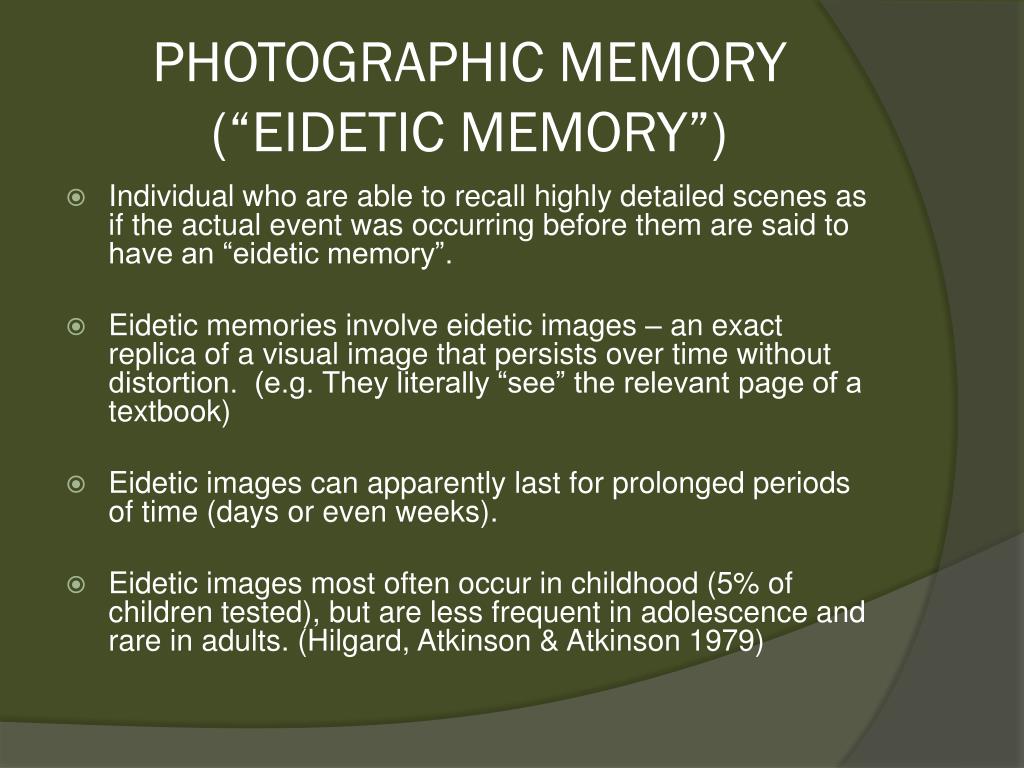

After an initial warmup round in which children were shown pictures of simple geometric figures and had to remember what they looked like after the pictures were removed, the researchers upped the difficulty by showing complex illustrations from a children’s book, packed with many different objects and graphic elements. But what exactly could these children see? Chances are it’s not what you expect. About 8% of the children the researchers tested had this ability, so nearly one in ten. Subsequent research conducted by Haber and colleagues revealed that this eidetic ability is not particularly rare. While performing these experiments, Haber was amazed to hear of scores of children who could keep seeing any image in front of them - not just doctored ones like those used in ‘ghost’ images - even after the image was removed. You should see a color-inverted version of the picture very briefly. To experience the afterimage effect, stare intensely in the center of this specially processed image for 30-60 seconds, then move your gaze to a white surface such as a piece of paper or a nearby wall.

This is a harmless mind trick that results from photoreceptors in your retina getting fatigued from focusing on the same color for too long. His interest in the subject was piqued during experiments on afterimages or “ghost” images, a phenomenon in which people, particularly children, can still see certain images in front of them for a brief period of time even after the photo is removed. One of the first prominent scientists who investigated eidetic memory is psychologist Ralph Norman Haber. For most people, these images are only stored for a few short seconds before being discarded or transferred to short-term memory. How eidetic memory worksĮidetic memory is believed to be controlled primarily by the posterior parietal cortex in the brain, where visual stimuli are processed and fragments of images retained. The details start to fade after a while though, so this is not exactly photographic memory that is supposedly still clear and vivid years later. People with eidetic memory will be able to continue ‘seeing’ the image with their mind’s eye, sort to speak, for another 30 seconds or so, and in some cases for entire minutes. Imagine seeing a photograph and then closing your eyes. But what science seems to confirm is that relatively few people possess so-called eidetic memory.Įidetic memory is the ability to vividly recall a scene you’re exposed to, but only briefly. That sounds amazing but despite these claims, there is no evidence that such a thing as photographic memory actually exists. Saving Earth Britannica Presents Earth’s To-Do List for the 21st Century.Some people claim they have a photographic memory, that is they have the ability to recall a past scene in its tiniest detail as if they were describing a photograph.Britannica Beyond We’ve created a new place where questions are at the center of learning.100 Women Britannica celebrates the centennial of the Nineteenth Amendment, highlighting suffragists and history-making politicians.


#Photographic vs eidetic memory how to


 0 kommentar(er)
0 kommentar(er)
